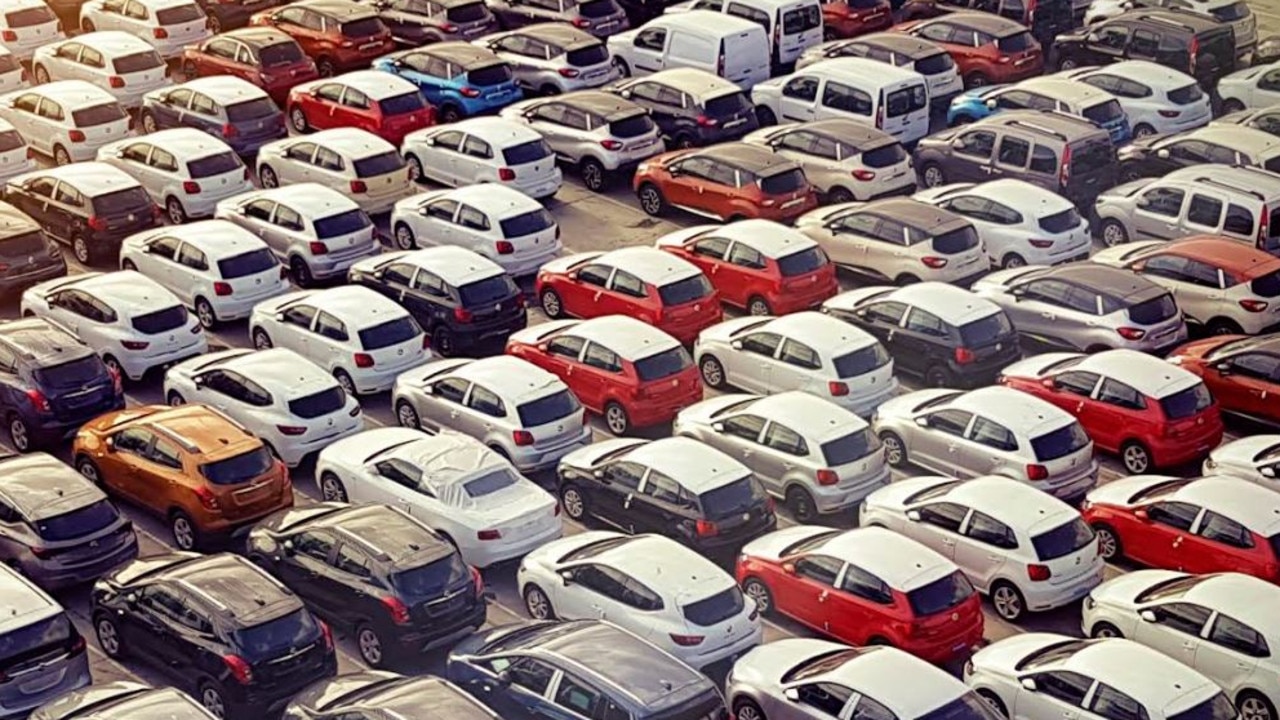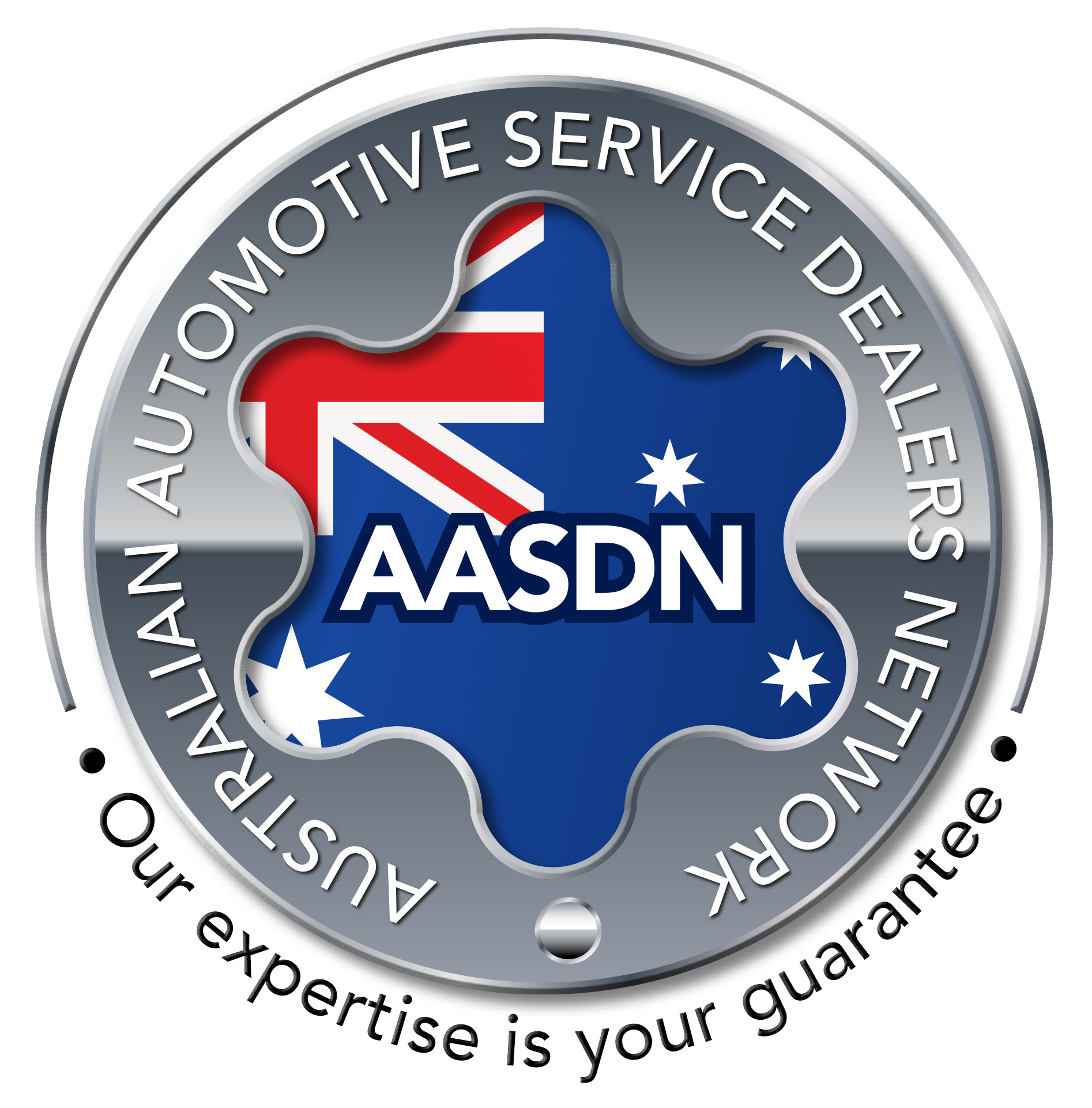Every year thousands of people gather in cities and towns all over Australia to collectively celebrate the start of a new year. For many, New Year’s Eve is about getting together with friends and loved ones.
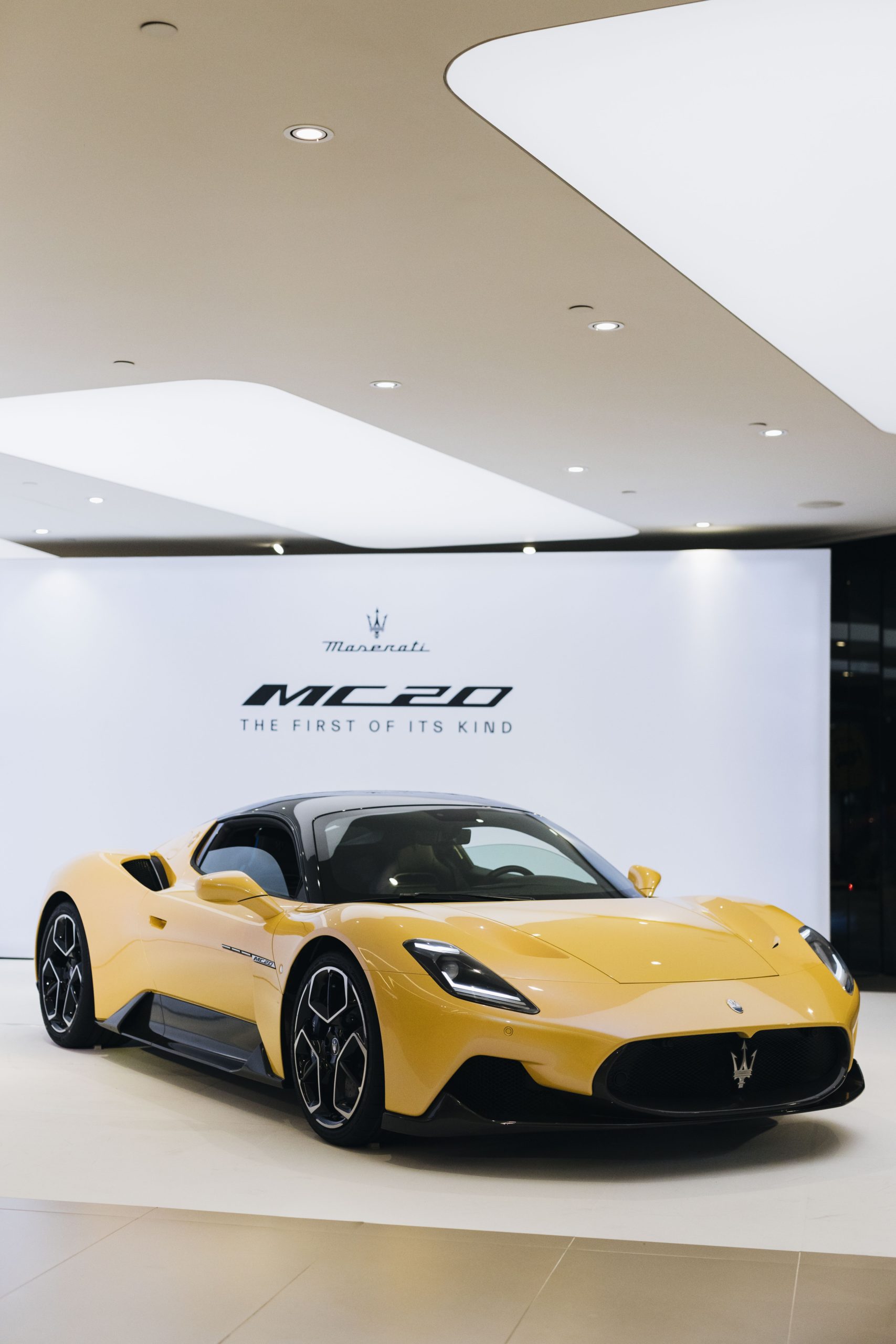
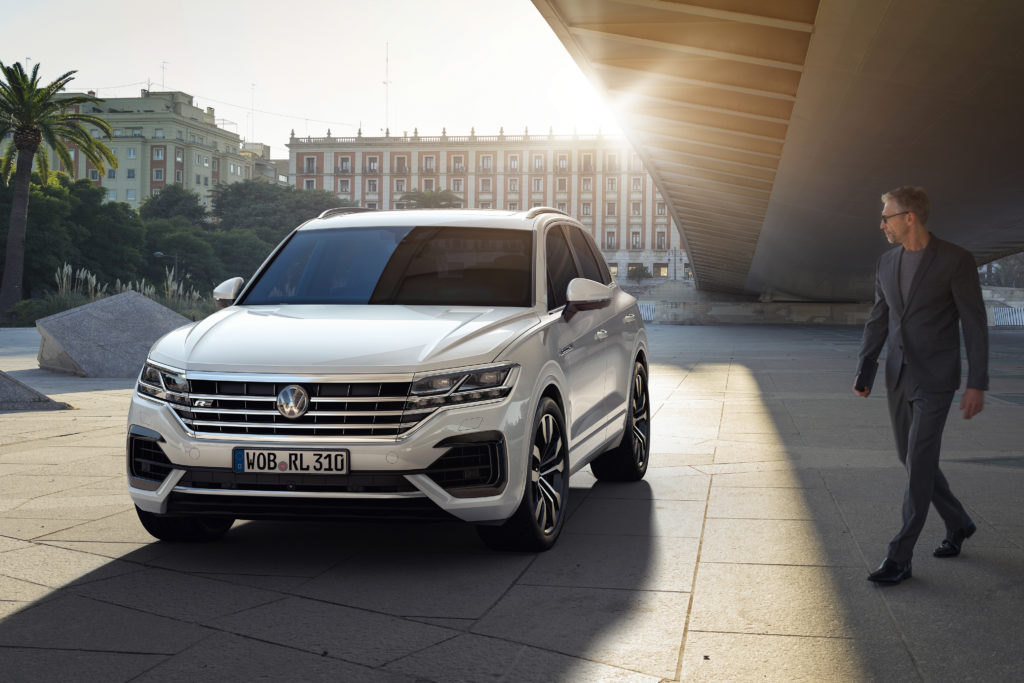
We get nostalgic looking back at the year that was, while energy levels build ahead of the unknown excitement and good times that the new year promises.
When the hand strikes midnight on January 1, 2021, there will be a few cheers, but the expectation is that the vast majority of us will, in weariness and exhaustion, let out an exaggerated “phew, thank god that’s over” sigh of relief. Given the challenges that 2020 has thrown at us we’ll be quickly wanting to move on to better times.
COVID-19 has impacted all of us in many ways, and in the automotive industry there have been plenty of pain points, but there have been a few good opportunities thrown in for good measure.
It’s a competitive market
Australia’s automotive industry is a competitive one. We have a small population with a love affair for cars.
It’s why most of the world’s biggest Original Equipment Manufacturers (OEMs) are here and why Australians are spoiled for choice.
Including a bunch of semi-unknown Chinese car brands, there are about 65 different car badges wanting to form an intimate relationship with every car purchasing customer.
The hope is that once the bond is created they’ll own the customer for life. If only life for the OEM was that easy, it’s far from it. The wheels and deals offered in the marketplace are varied and enticing, to the point that there has never been a better time to buy a new car – so why aren’t we?
The new car market
The new car market in Australia is currently on a very southerly downward slope. According to VFACTS – Australia’s monthly new car sales report issued by the Federal Chamber of Automotive Industries (FCAI) – new car sales between January 1 and September 30 were down 20.5 per cent compared to the same time last year. That’s 644,891 versus 811,464. This is huge.
Byron Mathioudakis, one of the country’s most knowledgeable and respected automotive journalists, confirmed what we already know, that consumer confidence is down, but there are a number of telling factors responsible for this.
“The feeling in the market at the moment is that we are in a period of flux, or change,” Mathiuodakis said.
“It’s not just COVID-19, or the recession, it’s also political, there was a US presidential election this year.
“Even though the early signs were such that there might be change, it still drove uncertainly from a local perspective.”
If you look at sales in Australia over the last 15 years, the industry is currently enduring its biggest ever contraction of new cars sales.
For the first time ever, in 2007, Australia sold over one million cars in a calendar year. Between 2005 and 2012 this only happened twice. Then an almost 10 per cent increase from 2011 to 2012 saw the market leap towards 1.2million, and since then we’ve never dropped below the magical million marker. Until 2020.
25 months of negative growth
Up until, and including, March 2020, new car sales had dropped for 25 consecutive months.
Every month the messages behind the reasons were similar; the environmental, financial, international and political issues all played their part. Then COVID-19 really made its mark, helping March sales drop by 17.9 per cent*. It was significant, but then came April. The industry was awaiting bloodshed, and it didn’t disappoint. The market was down a whopping 48.5 per cent*.
While it was the largest single decrease of any month since VFACTs figures were first recorded in 1991*, some automotive commentators said that while it was bad, if you compare it to some overseas markets it wasn’t as bad as it could have been. For instance, some European markets contracted by 98 per cent.
Following this, Australian new cars sales were down 17.9 per cent in June, 12.8 per cent in July, 28.8 per cent in August and 21.8 per cent in September*. During the same time, Australia’s Gross Domestic Product for the June quarter dropped seven per cent. The largest drop ever recorded in a single quarter. It didn’t help that ISO2 in Melbourne – involving a range of strict stage 4 restrictions – saw a 65.9 per cent down-turn in new cars.
So buyers saved their money and turned to used cars
The used car market has struggled over the past few years thanks to the competitive offers for new cars.
But the used car market has surged in recent times, buoyed in 2020 by the pandemic. People are watching their spending, keeping to budgets, they’re being cautious. And because they don’t know what the future holds they are bypassing new cars, heading to the used car lot.
“People are choosing to buy a second-hand car over a new one thinking it will look after them over the next two or three years,” Mathioudakis said.
“Instead of a spending $30,000 to $50,000 on a new car they’ll spend half that on the best used car that they can find. Something that will see them through this period.
“They are generally budgeting between $15,000 and $20,000 knowing they’ll get a decent four to five year-old car.”
But there’s more to this than meets the eye.

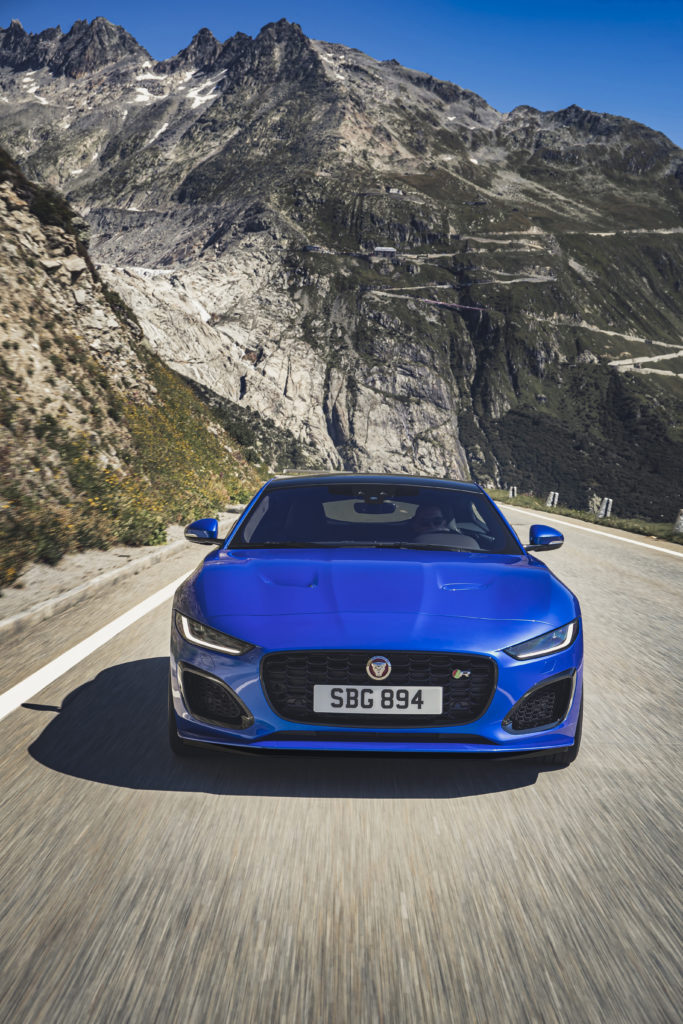
Staying safe, staying home
It’s not just about purchasing a car for budgetary reasons, there is a genuine fear in the community that people are susceptible to COVID-19 on public transport.
Remember, if you can stay home, you must work from home. It was a common message across the nation during ISO1. Melbourne then went to ISO2 and the city was a ghost town.
This meant that many people stopped taking public transport.
“Because of the COVID-19 situation people felt like they couldn’t rely on public transport securely or safely enough,” Mathioudakis said.
“So they are buying second-hand cars that have a bit of life still in them, knowing that they are reliable but most importantly they are keeping them safe – away from potential illness.”
And then there are holidays. Travelling overseas is a thing of the past at the moment, so people are exploring their own backyards. It’s a situation that has certainly helped the used car industry.
“When it comes to holidays, people are thinking regionally or locally versus globally, in terms of their time off, and to do this they need something reliable to get them from point A to point B,” Mathioudakis said.
“And they are heading straight to the used car lot.”
Used car popularity is up and so are prices
Quality used cars have been hard to find over the last six months. As we’ve said; the pandemic, the recession and a shift away from public transport use has seen new car sales drop and used car sales sky rocket.
With fewer new cars being sold, it also means that less used cars are in circulation and this pushes up prices. It’s a classic tale of supply and demand.
A Datium Insights-Moody’s Analytics Used Vehicle Price Index study completed in June confirms this.
It stated that “due to supply constraints, used-vehicle prices had pushed up almost 10 per cent since 2018”.
It then went onto say that “the slowdown in new-vehicle sales that has occurred across Australia over the past 24 months has put considerably fewer vehicles into circulation than 2012 to 2018”.
The result of this is price fluctuation. Moody’s found that used cars prices had risen about 10 per cent since 2018, then in April and May – at the height of the first COVID-19 restrictions – prices went down by 14 percent, the largest two month drop on record.
“COVID-19 has impacted all of us in many ways, and in the automotive industry there have been plenty of pain points, but there have been a few good opportunities thrown in for good measure.”
But as the country started to claw its way out of COVID-19 constraints – save for Victoria – prices started to rise again. The result was an about turn, according to the Moody’s study, with car pricing rebounding by 11.2 per cent and ute prices up by 10.6 per cent.
This is good news for used car dealerships because they are making more on their trade-in investment, but a source of frustration for used car buyers because they are paying more now for a car they could have got for less 12 months ago.
“Prices of cars that 12 months ago were $10,000 or $11,000 are now $14,000 to 15,000,” Mathioudakis said, “It’s astonishing, prices have gone up by as much as 20 per cent.”
And this does not discriminate, it’s happening across all car types, including the prestige Europeans.
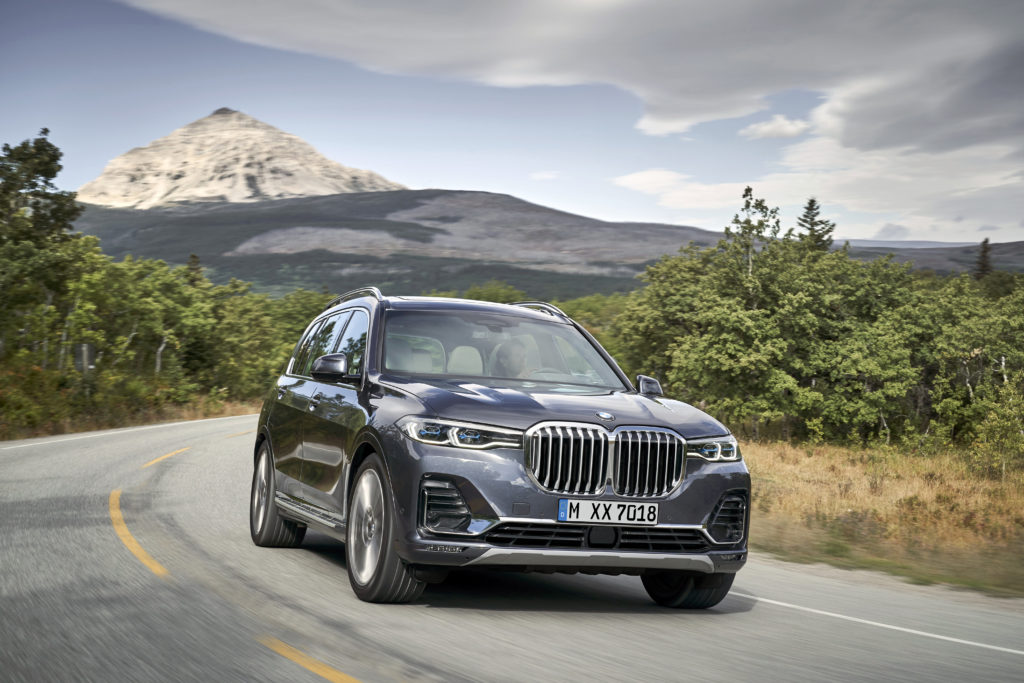
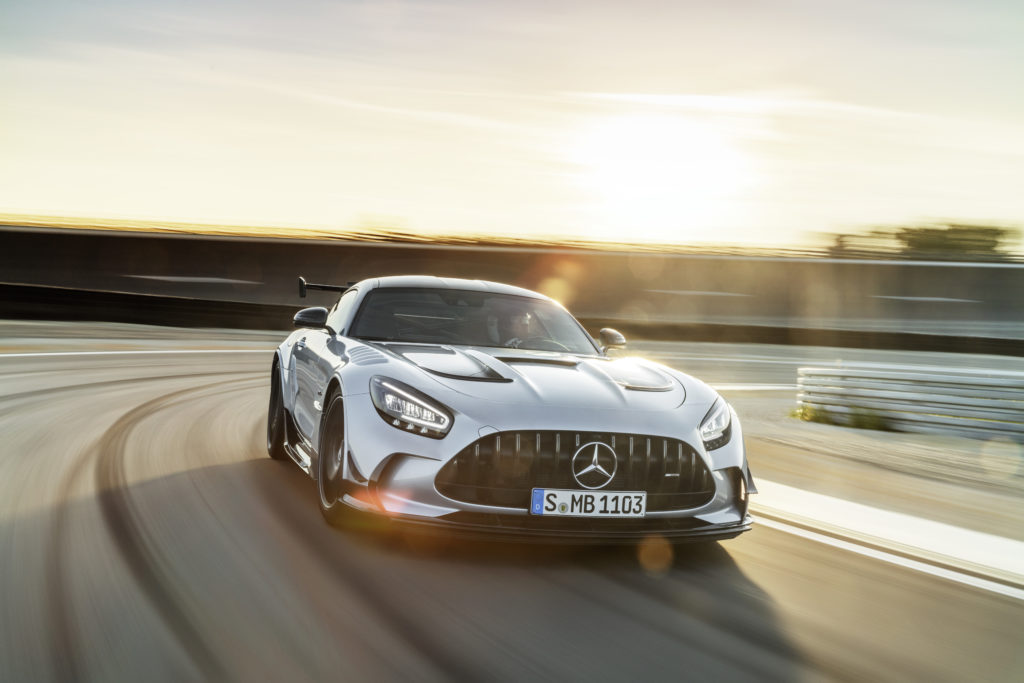
What does all of this mean?
The industry, believe it or not is holding fairly firm, despite the drops. This might sound contradictory, but in truth the industry was expecting to shrink a lot more than it has. As the new car statistics show, it was slightly rebounding in June and July, but the brutal lockdown in Melbourne stalled sales in Victoria after this.
Once restrictions down south recede, and the state of Victoria opens up again, expect used cars sales to once again be a priority.
“I don’t think this buoyant used car market will be a flash in the pan,” Mathioudakis said.
“It’ll last at least a couple of years as the fallout from this year continues to unfold in regard to the pandemic, unemployment, the political landscape and confidence levels.”
There is expected to still be a shortage of used cars, but Moody’s doesn’t believe they’ll be further price rises in this space.
In the report, senior economist Michael Brisson said: “Despite the underlying drivers stabilising the market, significant used-vehicle price growth beyond the initial rebound will be difficult. The global economy will continue to tread water until a vaccine or proven treatments for COVID-19 are developed. More locally, the Australian economy will be hurt by travel restrictions and lost consumer demand. The strengths of the used-vehicle market will allow prices to avoid significant setbacks. However, the continued economic stress will restrict price growth over the near to medium term despite the strong start to reopening.”
What can the aftermarket industry expect?
It will take time for the automotive industry to return to one million annual new car sales, and as Moody’s has said, there will be continued demand for used cars.
Used car popularity within the industry is two-fold. Used car dealerships will continue to get foot traffic, and workshops could also see an increase in servicing and maintenance work. It’s also a great opportunity for the aftermarket industry as people purchase parts and accessories to improve their cars.
When it comes to vehicle servicing, there are a percentage of car buyers that are loyal to a brand and maintain their servicing with the OEM.
The current deals with some OEMs include three to five years of free servicing. A recent advertising campaign for a MY19 Maserati Levante included 12 years or 120,000km (whatever comes first) of complimentary scheduled servicing (check the fine print).
What this means is that owners with servicing as part of their purchase package won’t budge, but there are significant opportunities for workshops for used cars owners who don’t care, they just need to service their car.
These owners just want good service from a local workshop they can trust, oh and competitive pricing versus the higher prices quoted by OEMs.
“People are being frugal and hanging on to things longer, and they are buying second-hand cars that require regular servicing, and tyres that need replacing,” Mathioudakis said.
“If you are part of the servicing, repairs or spare parts industries, be ready to have consistent and high
demand for your services.
“People are going to need to keep their cars running, so as they say, make hay while the sun shines.”
